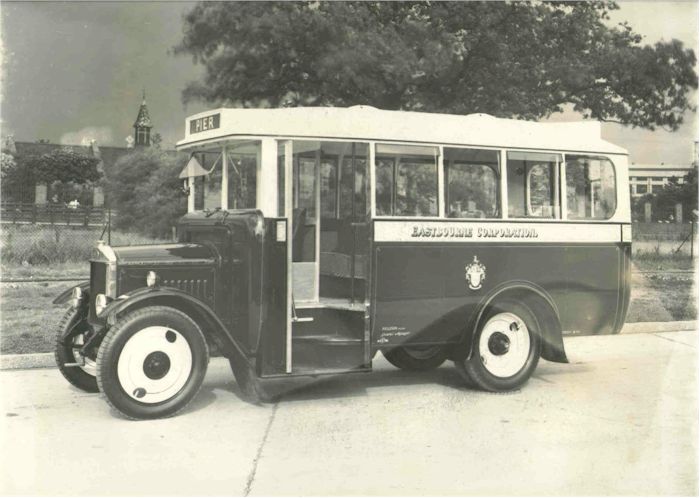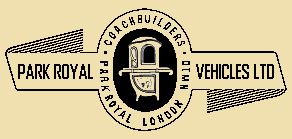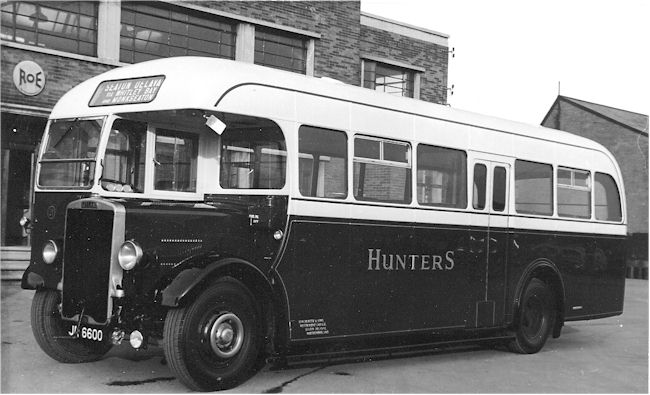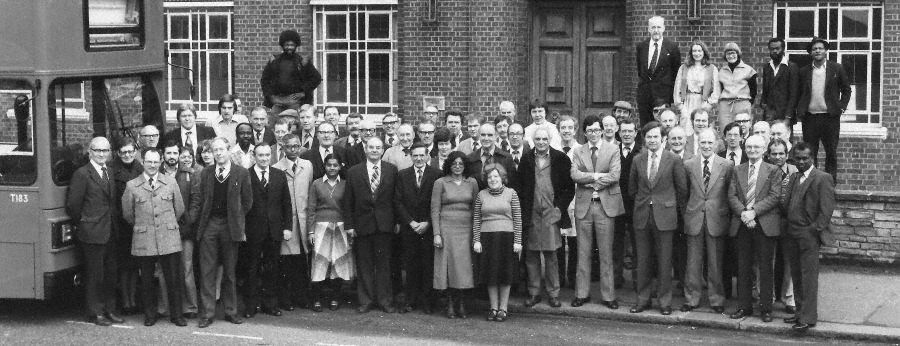|
To
complete the sad tale of the British Bus & Truck industry, and indeed the
British motor manufacturing industry in general, British
Leyland Motor Corporation, that could date its heritage back to 1896
when the Sumner and Spurrier families founded the Lancashire Steam Motor
Company at Leyland (being renamed Leyland Motors as far back as 1907), had by
acquisition, at
its peak, a vast number of manufacturing plants and a very diverse product list.
Its then merged
motor manufacturing companies, that were previously rivals, were allowed to continue with similar
(in fact virtually identical) products
competing in the same marketplace across which there was considerable
replication.
British
Leyland (or BL as it was known) found itself unable to manage the huge and complex variety of
businesses and its failure to "rightsize" (no doubt partially due to
the potential for industrial action) eventually forced it into bankruptcy in 1975 when it was effectively
nationalised by the then Labour Government. Its following history was one of closures,
the shedding of assets and ironically the loss of employment that might have
otherwise been saved by the lost opportunity of appropriate streamlining.
In 1986 Leyland Trucks &
Vans was bought by the Dutch firm DAF which in 1993 sold off what was
left. The US conglomerate PACCAR, that had acquired Foden
Trucks in 1981, bought DAF in 1995 and the residue of Leyland in 1998 that it
integrated with Foden. Also
in 1986 the Leyland Bus Division became the subject of a management buy-out but was eventually sold to
Volvo just fifteen months later. These two actions
in 1986 thus heralded
the demise of the UK Bus & Truck industry.
Note[1]:
On page 15 of the book by Alan Townsin [Park
Royal Coachworks (Vehicles) Ltd - Part 1 (1924-1944)]
it is incorrectly stated that "Harry Yager had come over
from Poland during the First World War and had built up a large and very
successful timber business." This was evidently hearsay evidence of
gossip, no doubt widely considered the truth when Alan Townsin was researching
for his otherwise excellent and factual book. Genealogical research proves that
Harry was from Romania and arrived in the U.K. well before 1901 (see Harry
Yager's immediate ancestry and descendents).
Note[2]:
In 1917 Harry Yager, along with two other directors Botwright & Cook, formed
the London Aviation Company Ltd. with its headquarters at 27-28 Charlotte Street,
Shoreditch. Said to be 'Manufacturers and dealers in aircraft and parts'
this was a euphemism for 'plywood supply'. Nonetheless the company
supplied the timber for the very light and fast WW2 de Havilland Mosquito,
apparently for which Solomon provided some design input.
Note[3]:
Harry's takeover of the liquidated assets of Hall Lewis was ironic considering
Harry had himself been the subject of bankruptcy proceedings many years previous
from a Receiving
Order made against him on July 25th 1907. This is one of a number of
instances of property transfers and voluntary liquidations that can be found;
admittedly not all to be construed as inappropriate, especially the winding
up of Harry's investment company in 1949 three years after his death. But in
mitigation of Harry's ruthless business acumen he evidently worked hard for his
community laying the foundation stone for the Willesden
District Synagogue and having a hall at Stamford Hill Synagogue named after
him.
Note[4]:
Reported in
THE TRAMWAY AND RAILWAY WORLD - May 15th 1930; Page 271
OMNIBUS AND
COACH SECTION - THE PARK ROYAL
COACHWORKS
Park Royal
Coachworks, Ltd., which has recently been registered, has been formed to take
over the coach-building business of Hall, Lewis & Co., Ltd. (in voluntary
liquidation). It will carry on the business of building the same high quality
passenger bodies, and there will be no change in the management.*
Mr A.T.
Froggatt and Mr. B. Homfray Davies have joined the board. The other directors
are Messrs. H Yager, R. Dunsmore, W.S. Grossmith, and S. Yager.
(*Except the founding board members were not given any roles.)
Note[5]:
Harry Yager and his son Solomon
were initially Chairman & Board Member in the newly formed Park Royal
Coachworks (along with other board members', though none of the original
founding Hall Lewis board remained [see note[4] above]).
Later, upon his becoming twenty-one, Harry's second son Reuben
joined the Board. Whilst the Yager's were a family of exuberant
characters,
their expertise was not in the commercial vehicle business and Reuben,
in particular, known for his excesses and playboy attitude, had an approach to a working life not
conducive to the propriety essential in the dignified world of commercial
vehicles. Thus the decision was made that Harry and his sons would retire from
the Board and hand full control of the day to day running of the business to Bill
Black who had joined the company as General Manager the previous year. This
was reported on Page 75 of "Commercial Motor" on 29th March 1935. With
all their failings in the Commercial Vehicle business, the Yager family's
ruthless entrepreneurialism
had saved a significant part of the Hall Lewis business; and all the jobs that went
with it. Park Royal Vehicles would never have existed without Harry.
Note[6]:
THE RELATIONSHIP BETWEEN ACV, AEC & PRV: A common fallacy is that PRV was a subsidiary of
AEC - this was never the case. The truth is that on October 1st 1948 Associated Commercial Vehicles (ACV)
was formed as a holding company upon the purchase of the Crossley & Maudslay
concerns by the Associated Equipment Company (AEC). Simultaneously, the
manufacturing business, Associated Equipment Company (AEC), ceased to exist and
became simply AEC Ltd that immediately became part of the ACV Group. In 1949 it
was ACV (not AEC) that took control of PRV and thus PRV became a sibling company to AEC Ltd. under the
same umbrella organisation.
Note[7]:
The initial design work for the B15 had began as early as 1972 but perhaps it
maybe significant that, at least later in the process, the final
drawings were, unusually, being taken to extraordinary detail with all
components individually drawn and microfilmed. It might be construed from
this that, whilst previously there had been a number of good reasons to consider
the closure of PRV, Leyland management had been considering moving B15
production to a less skilled plant for quite some time and the
"surprise" announcement of PRV's closure had possibly been a well kept
secret for some years.
Note[8]:
The closure of Park Royal Vehicles was debated in the House of Commons. Click
here for the text of the debate that makes for interesting reading. Mr
Laurie Pavitt (MP for Brent South at the time) certainly, in my opinion, understood the company-political environment in which PRV found itself.
Citing a then recent article in the Guardian, the sentiments of the PRV workforce
regarding Leyland management are well documented and reflect precisely the views
that my father held. During the occasional unrestrained moments from his
usual quiet demeanour, I can hear him now on the subject .......(Ed.).
© Graham Hill
For
more reading on this site see
Let's
hear it for the Coachbuilders'
which is my article to
put the record straight about the role of the Coachbuilder.
|



